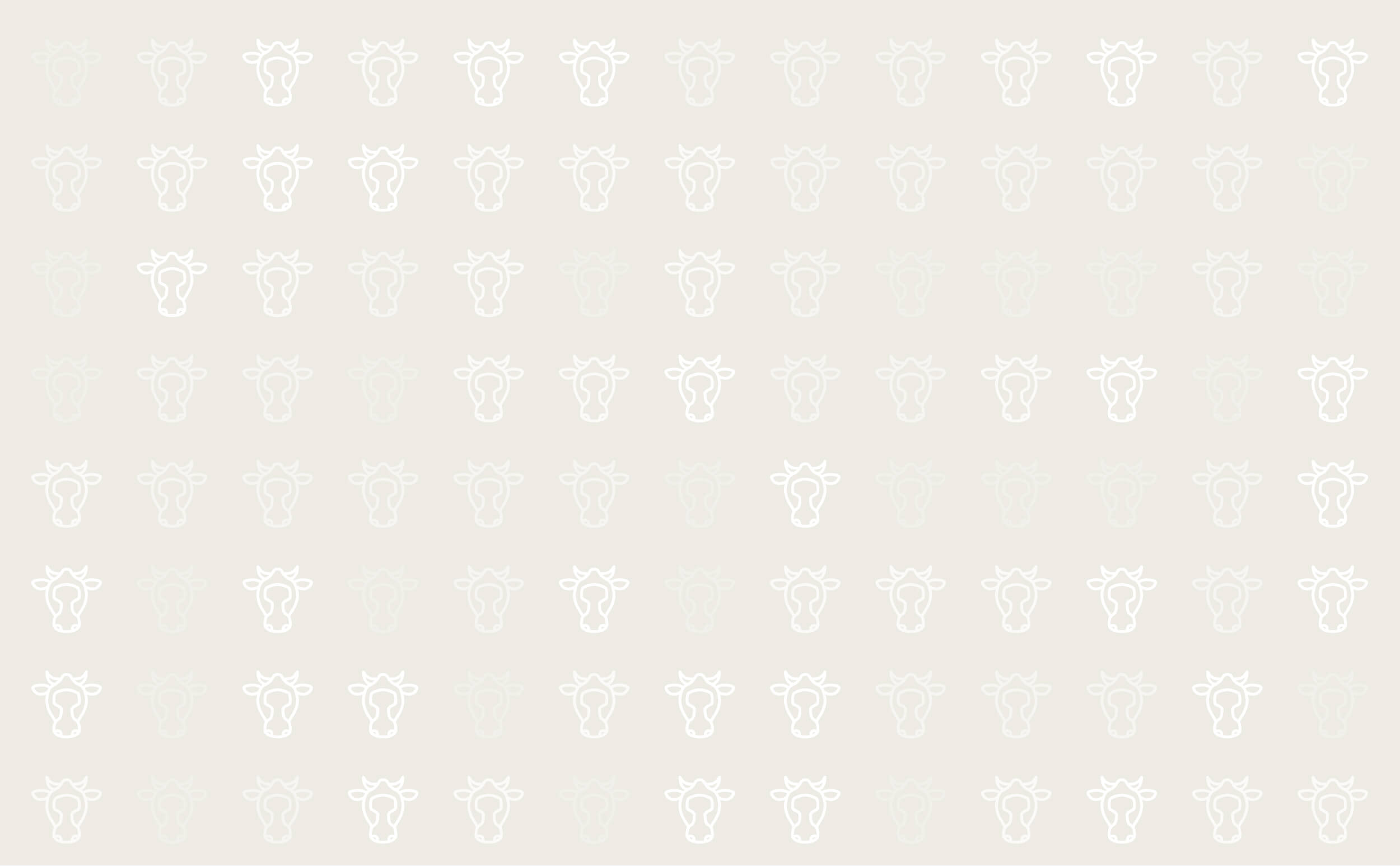



Fatty Liver Syndrome
Fatty liver syndrome is the accumulation of fat within the cow's liver.
Cause
Fatty liver occurs as a result of the cow breaking down too much fat for the liver to process properly. Fat mobilisation occurs as a result of negative energy balance. The broken down far is then converted back to fat in the liver to prevent them becoming toxic. Thus the liver becomes fat when the cow is losing condition, the more loss in condition the more fat in the liver.
Fatty liver can develop within 24 hours of an animal going off feed. This is typically around calving time.
Once it is deposited in the liver, the concentration of fat in the liver does not fall until the cow gets into positive energy balance, which can be over ten weeks after calving, particularly if the fatty liver is severe. Fat cows (Body Condition Score greater than 3.5) are much more prone to fatty liver.
Symptoms
- Lower milk yields
- Depressed appetite
- Incidences of milk fever, ketosis, mastitis, retained fetal membranes etc
- Reduced fertility
Blood tests will show elevated nonesterified fatty acid concentrations (NEFA) levels (free fatty acids) and increased ketones.
Treatment
Without treatment mortality can be as high as 25 per cent.
Besides longterm IV infusion of glucagon, there is no proven treatment for fatty liver.
Fatty liver is an important economic disease because cows that develop fatty liver are affected by multiple metabolic and infectious diseases; they reduce milk production, and are frequently culled.
Prevention
Ensuring that cows are calving at the correct body condition would prevent the breakdown of fat and fatty liver. An ideal body condition score to calf would be between 2.5 to 3. Cows should be dried of at this score and weight maintained through the dry period.
Changing diets during this period should be avoided.
Glucose supplements can be given to overfat animals as preventative measure.
Minimising stress is important for prevention of fatty liver. Sudden changes in environment should be avoided. For example, changes in ration, housing, temperature, herdmates, etc may cause a reduction in feed intake and trigger catecholamine-mediated increases in fat mobilisation.

